About Me
Senior Expert Data Scientist with over 10 years of combined experience bridging the gap between theoretical knowledge and practical solutions in both industry and academia.
My expertise spans retail analytics, computer vision, and machine learning applications. I've successfully led transformative projects including national pricing optimization initiatives using IBM Cloud Pak for Data, delivering measurable impact with profitability improvements of 5-20%.
My academic foundation includes a PhD in Mathematics from UNAM, where I also served as a professor teaching courses in probability, statistics, and mathematical analysis. This unique combination of academic rigor and industry experience enables me to tackle complex data science challenges with both theoretical depth and practical insight.
Specializations
- • Machine Learning & Deep Learning
- • Computer Vision & Image Processing
- • Pricing Optimization & Forecasting
- • Statistical Analysis & Modeling
Industries
- • Retail & E-commerce
- • Fashion & Apparel
- • Government & Public Sector
- • Academia & Research
Technical Expertise
Machine Learning Frameworks
 NumPy
NumPy
 Pandas
Pandas
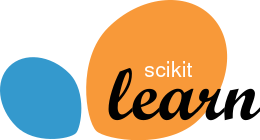 Scikit-Learn
Scikit-Learn
 Keras
Keras
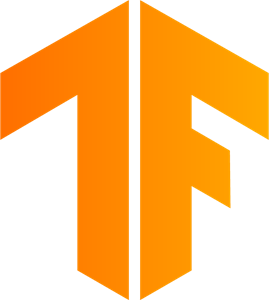 TensorFlow
TensorFlow
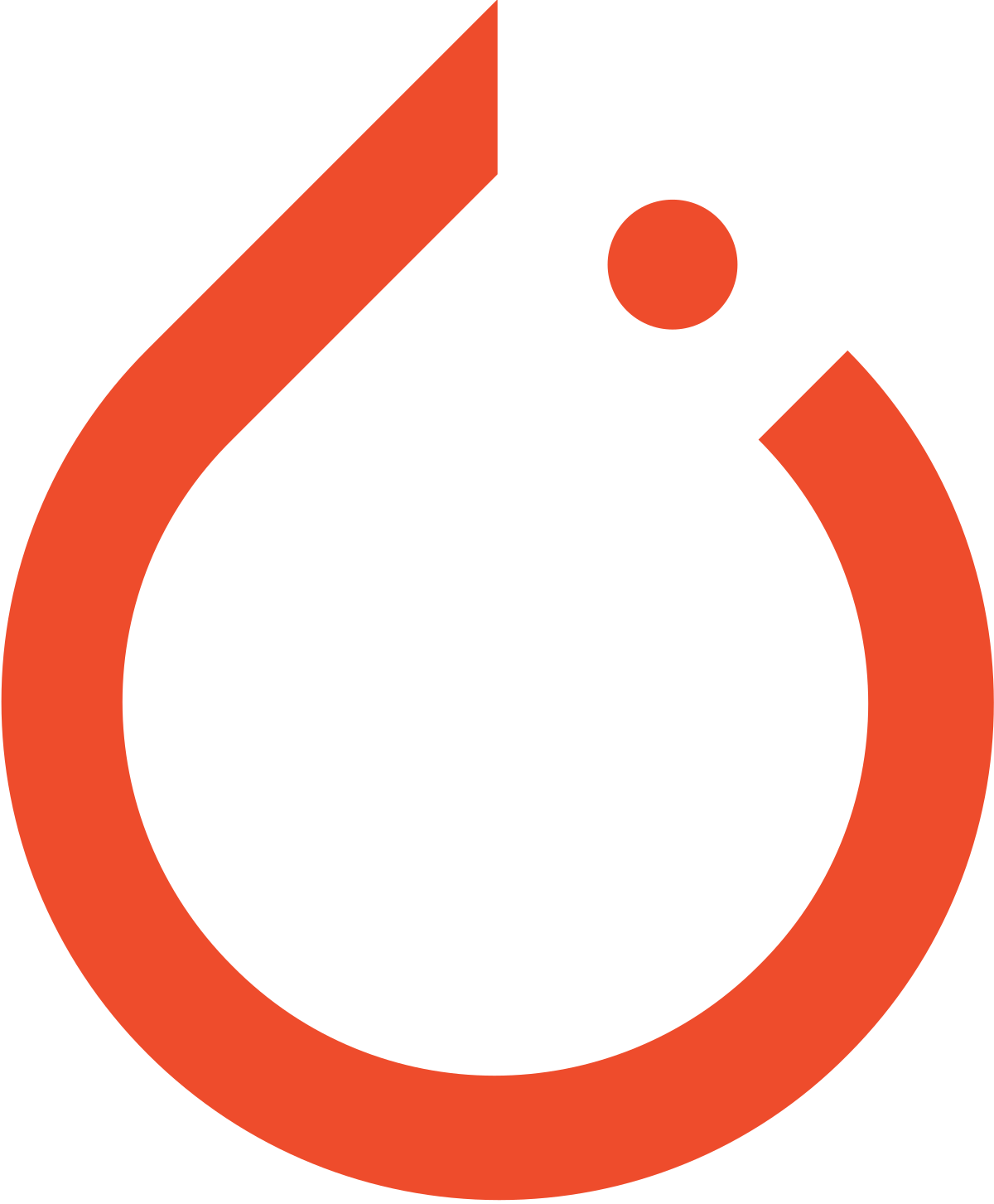 PyTorch
PyTorch
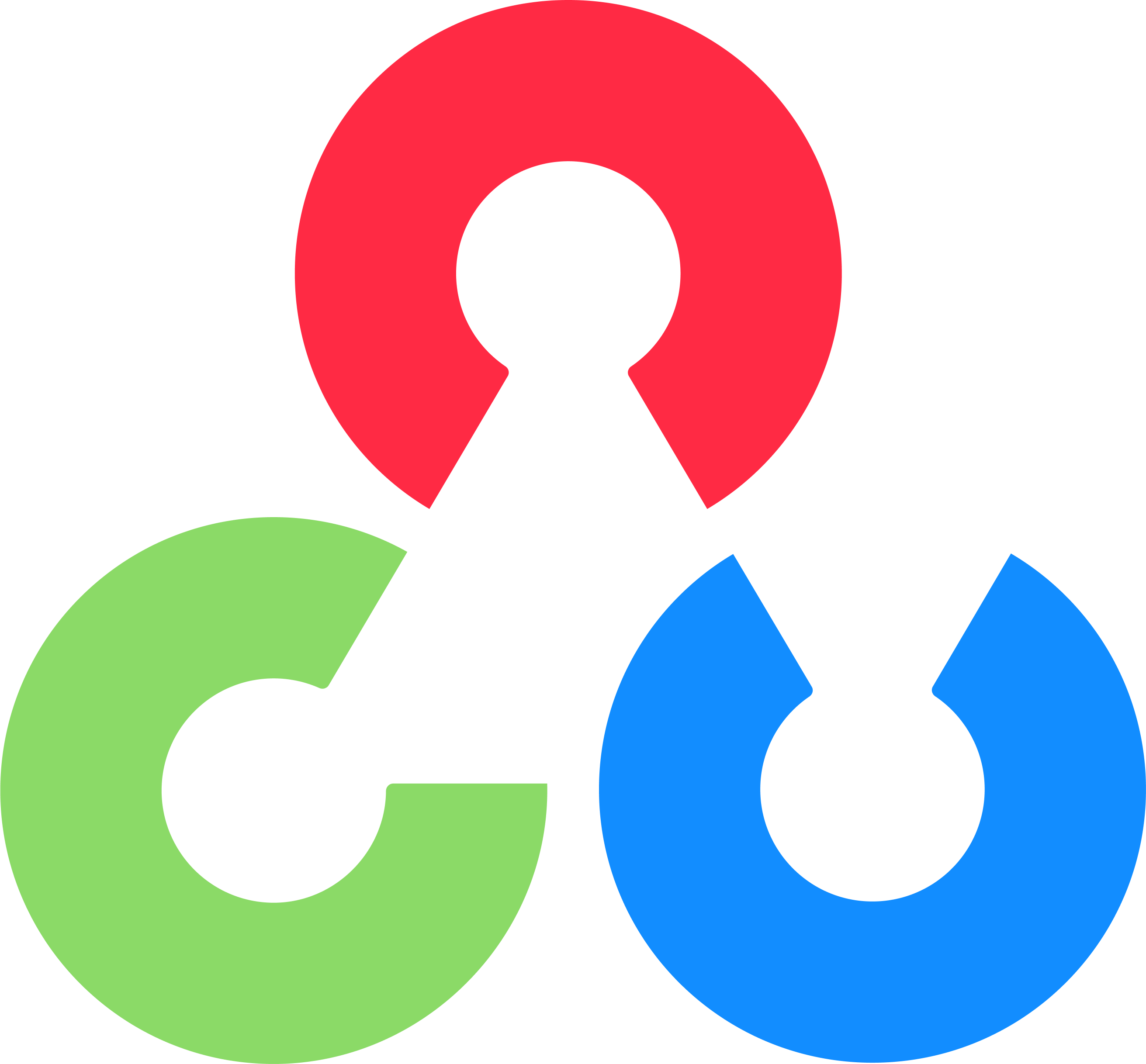 OpenCV
OpenCV
NLP (Natural Language Processing)
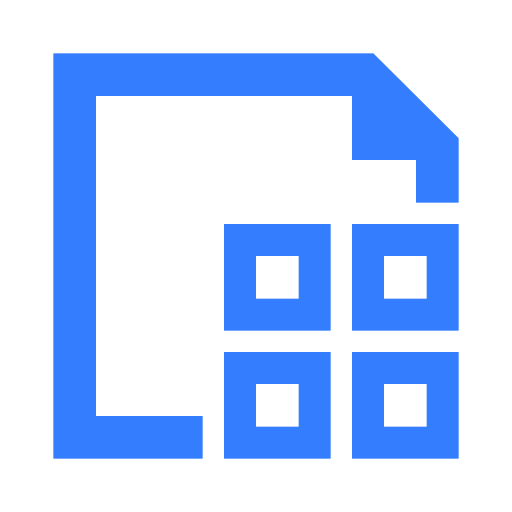 Text classication.
Text classication.
Image Processing and Computer Vision
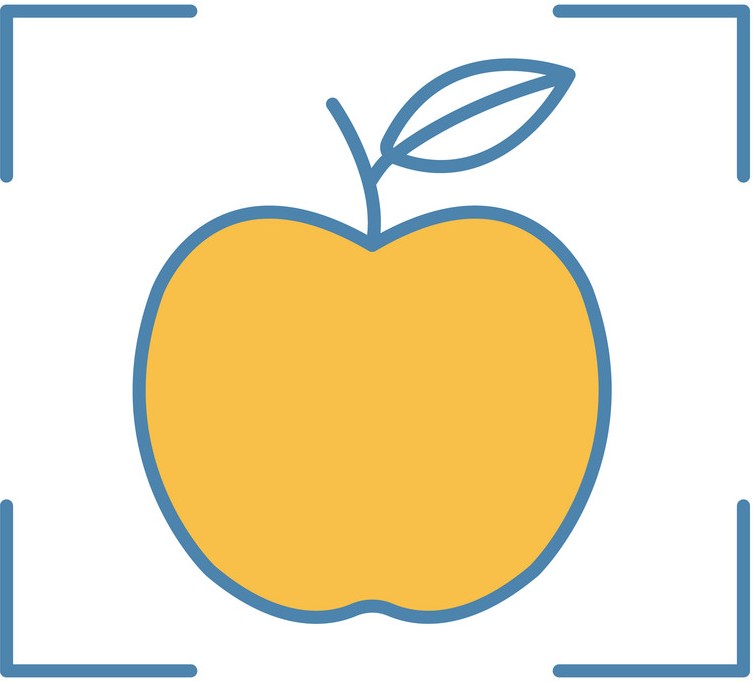 Object detection
Object detection
 semantic
segmentation
semantic
segmentation
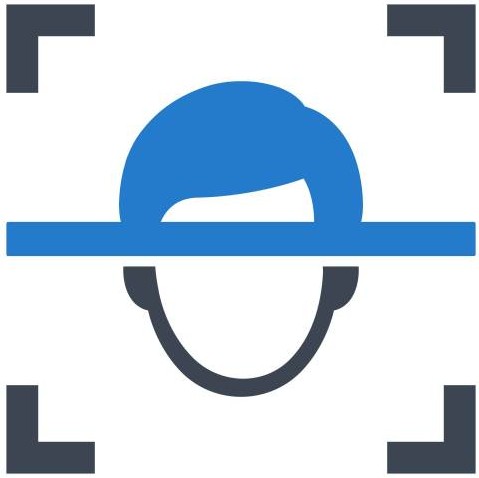 facial recognition
facial recognition
Programming Languages
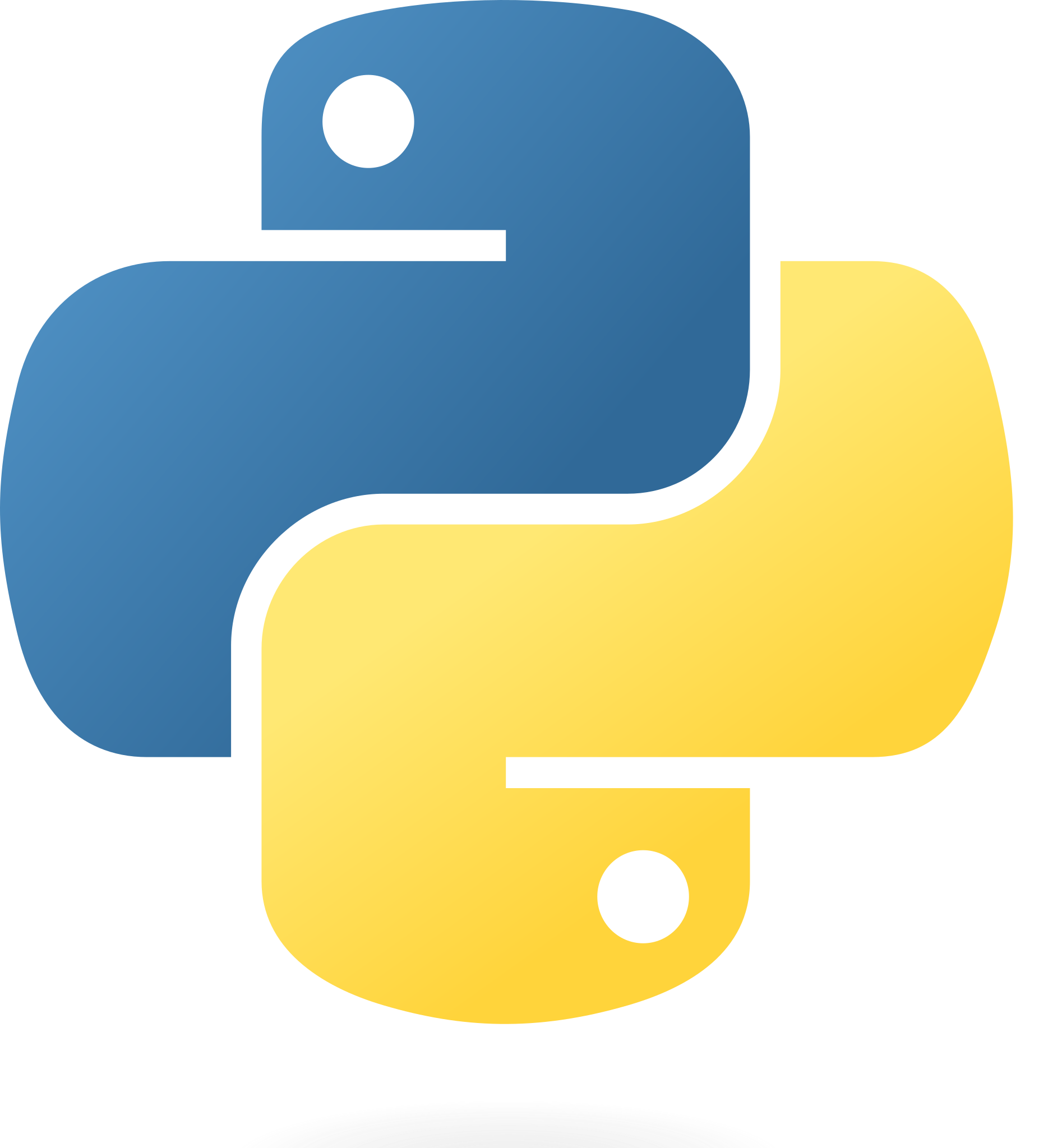 Python
Python
 R
R
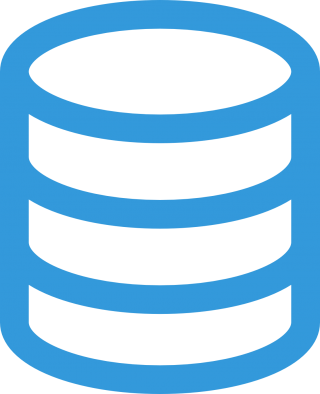 SQL
SQL
Parallel Processing
 Multiprocessing
Multiprocessing
Software
 Matlab
Matlab
 Azure Data Studio
Azure Data Studio
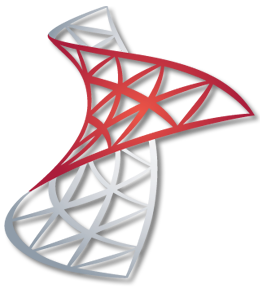 SQL Server
SQL Server
 Microsoft Oficce
Microsoft Oficce
 Google Colab
Google Colab
 DBeaver
DBeaver
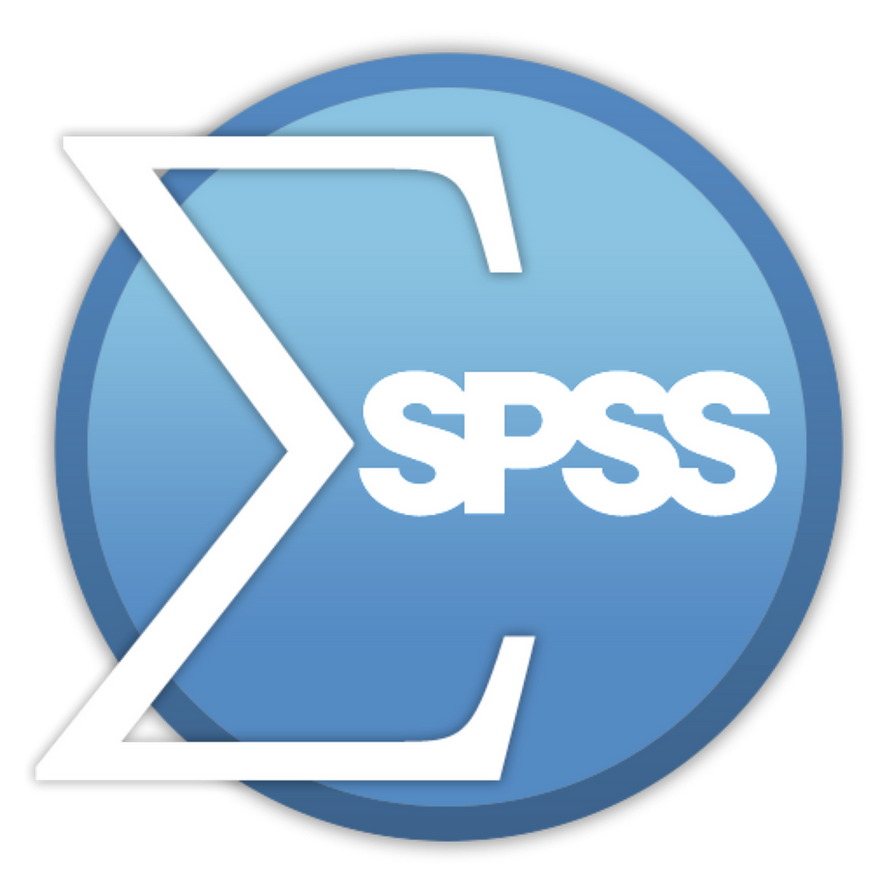 SPSS
SPSS
 Google Docs
Google Docs
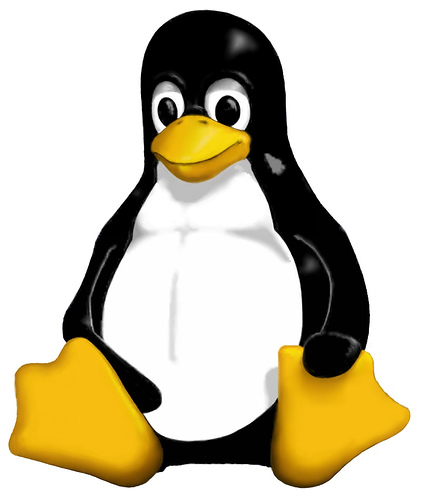 Linux
Linux
Statistical Analysis
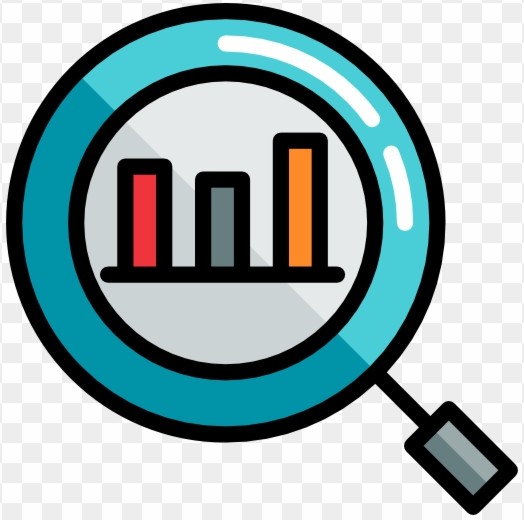 Hypothesis testing
Hypothesis testing
 Regression (parametric and non-parametric)
Regression (parametric and non-parametric)
 Bayesian and non-Bayesian methods
Bayesian and non-Bayesian methods
 Advanced Statistical Algorithms
Advanced Statistical Algorithms
 Time Series Analysis
Time Series Analysis
 Forecasting (short-term)
Forecasting (short-term)
Cloud Platforms
 Google Cloud Platform (GCP)
Google Cloud Platform (GCP)
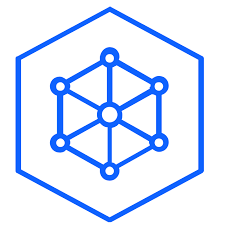 IBM Cloud Pak for Data
IBM Cloud Pak for Data
Data Visualization
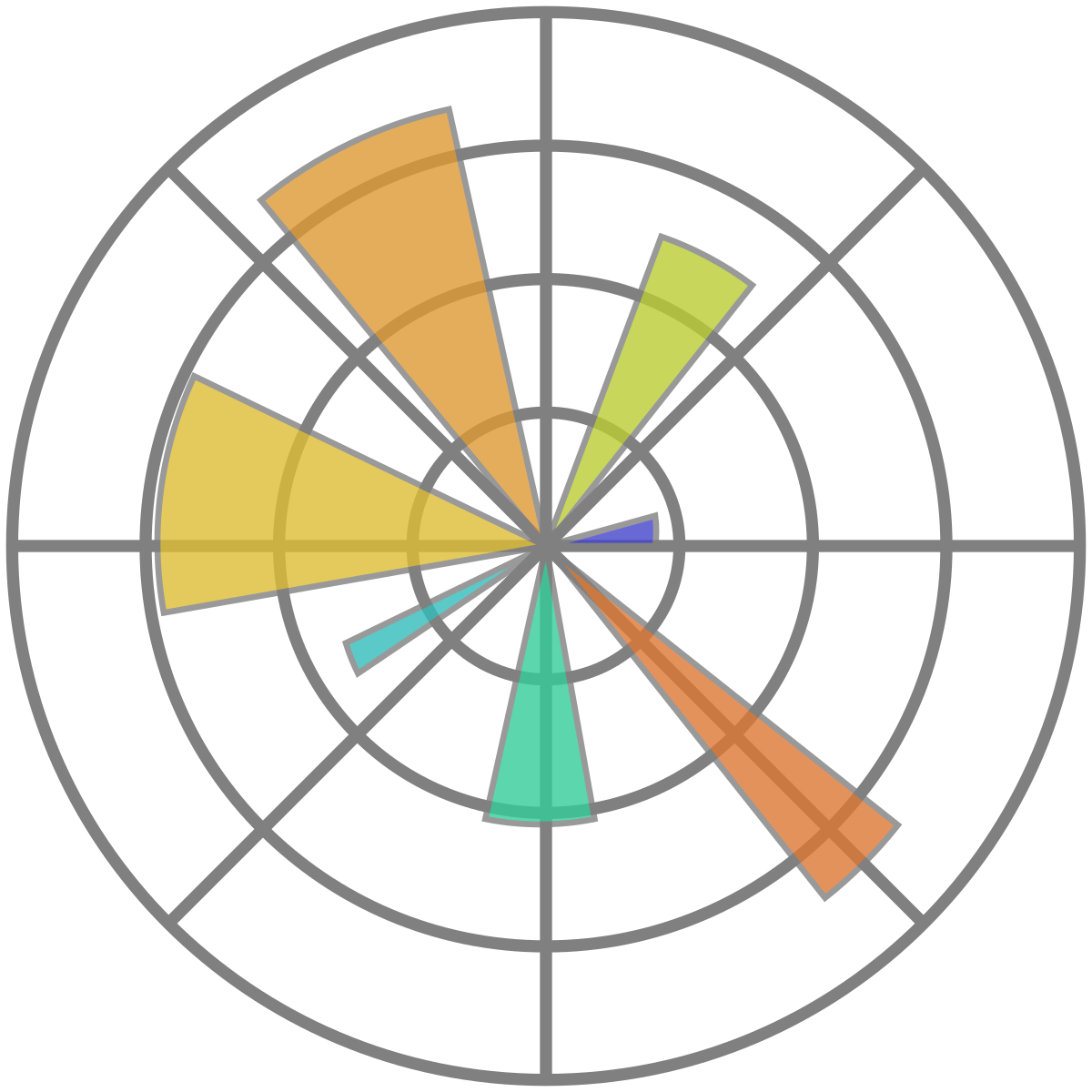 Matplotlib
Matplotlib
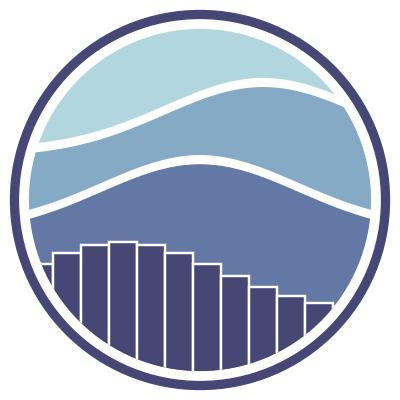 Seaborn
Seaborn
Agile Methodologies
 SCRUM
SCRUM
Version Control
 Git
Git
Big Data Technologies
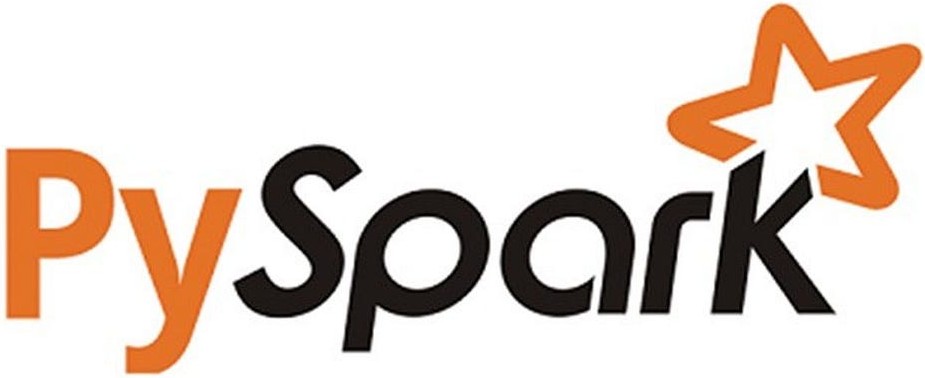
EDUCATION
-
PhD in Mathematics
National Autonomous University of Mexico, CDMX
Expected Graduation: AUG, 2024.
2012-2017
-
M.S. in Science.
National Autonomous University of Mexico, CDMX
Graduated: JUNE, 2012.
2010-2012
-
Bachelor of Mathematics
National Autonomous University of Mexico, CDMX
Graduated: JAN, 2010.
2006-2009
-
Bachelor of Actuarial Science
National Autonomous University of Mexico, CDMX
Expected Graduation: AUG, 2024.
2005-2007
GENERAL SKILLS
- Collaborative Team Player, Problem Solving, Effective Communication, Adaptability, Creativity, Solution-Oriented, Afable, Teamwork.
LANGUAGES
- English (fluent) and Spanish (native)
SOFTWARE DEVELOPMENT
-
Apolonio v1. A graphical interface to teach a generalization of the circle, ellipse, parabola and hyperbola. Laboratory of scienti c computation of the National Autonomous University of Mexico. (Matlab): JAN 2007- DEC 2010.
Tools Utilized: Matlab.
LECTURES
- Reconstrucción booleana de materiales porosos, invited talk in the DÉCIMA SEMANA INTERNACIONAL DE LA ESTADÍSTICA Y LA PROBABILIDAD, Puebla, Puebla. JUNE 2017.
- Una aplicación de la Teoría Ergódica en la búsqueda de Google in the XLII CONGRESO NACIONAL DE LA SOCIEDAD MATEMÁTICA, Zacatecas, Zacatecas. Oct 2017.
INTERESTS
- Exploring emerging trends in AI, machine learning, and automotive technology.
- Contributing to open-source data science projects.